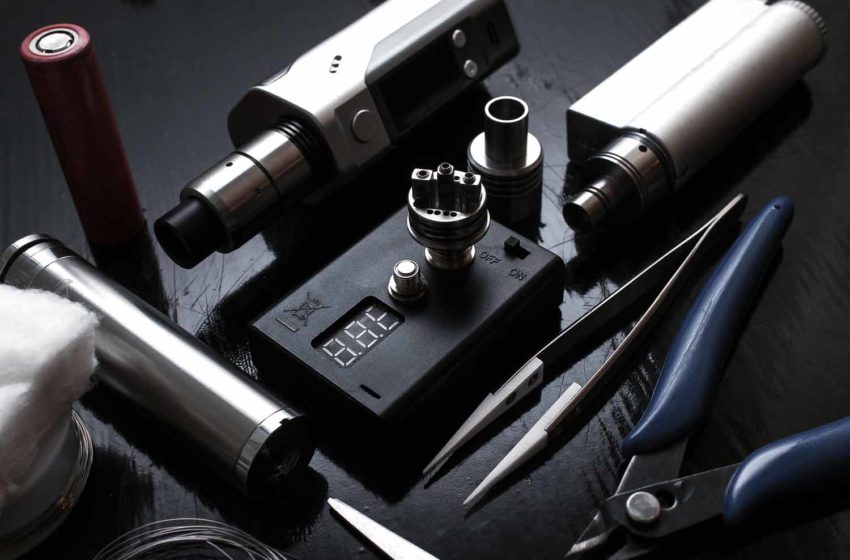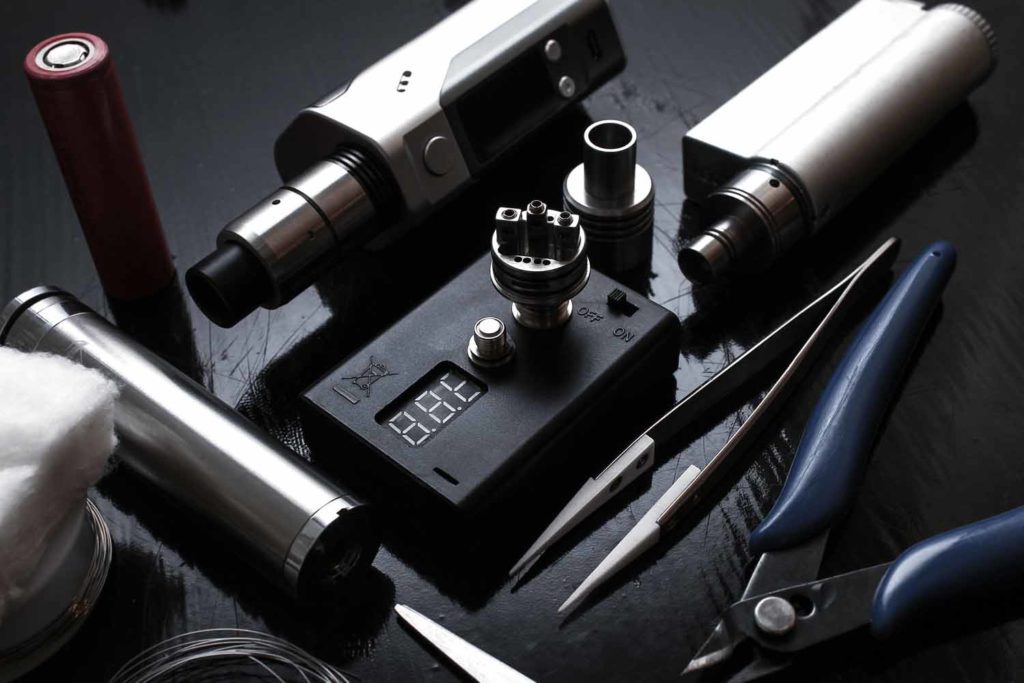
Vaping technology has come a long way. Here are the most impactful breakthroughs from the past 15 years.
By Mike Huml
The e-cigarette, which may very well be the most effective harm reduction device ever conceived to address preventable diseases, is built upon the simplest circuit possible. In essence, an e-cigarette is a resistor, a switch and a power source. From this simple circuit, thousands of variations arose over the course of about 15 years. During this Golden Age of regulatory limbo, the vapor industry exploded, and with that came endless innovation and constant refinement, transforming that little cig-a-like into all the products vapers enjoy today. Throughout this process, several innovations stand out as milestones. These innovations would improve the quality, consistency or convenience of the vaping experience. The nature of these changes necessarily contributed to reduced risk and increased uptake among populations.
The Cig-a-Like
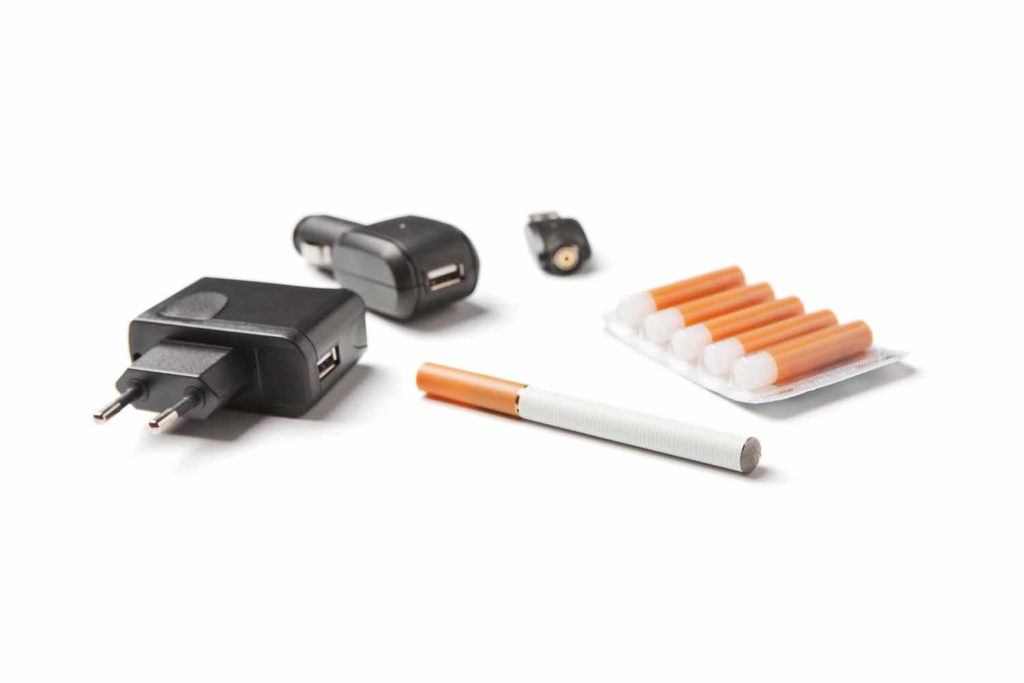
While more an invention than an innovation, the e-cigarettes that were available circa 2008 were not based on a revolutionary concept. Patents for similar but rudimentary e-cigarettes date back as far as the 1930s, but it wasn’t until the new millennium that all the pieces came together into a marketable product. Early adopters of the technology readily admit that first-generation e-cigarettes left much to be desired. What these pioneers agreed on, however, was the potential of these products. By improving the hardware and e-liquids—which could be accomplished with relatively inexpensive and readily available components—those early e-cigarettes could be turned into truly viable alternatives to their combustible counterparts.
Cig-a-likes provided brutally short battery lives, weak but perceptible vapor, questionable flavor reproduction and a penchant for leaking and “spitback.” Almost immediately, e-cigarette users began tinkering with modifications to these products to mitigate the negative aspects. Cartridge “polyfill” was replaced with aquarium filter to increase absorption and prevent stray fibers from sticking to the bridge of the atomizer. Some wouldn’t be bothered with cartridges at all, nor the inconsistent draw and spitback associated with them, and replaced the cartridge with a “drip tip.” With one or two drops of e-liquid applied directly to the atomizer, the experience became more consistent at the cost of convenience. Longer batteries were soon made available to increase battery life, but it wasn’t until an increase in girth was an option that vapers and manufacturers collectively had an epiphany that would change everything: E-cigarettes don’t need to look like cigarettes.
The eGo
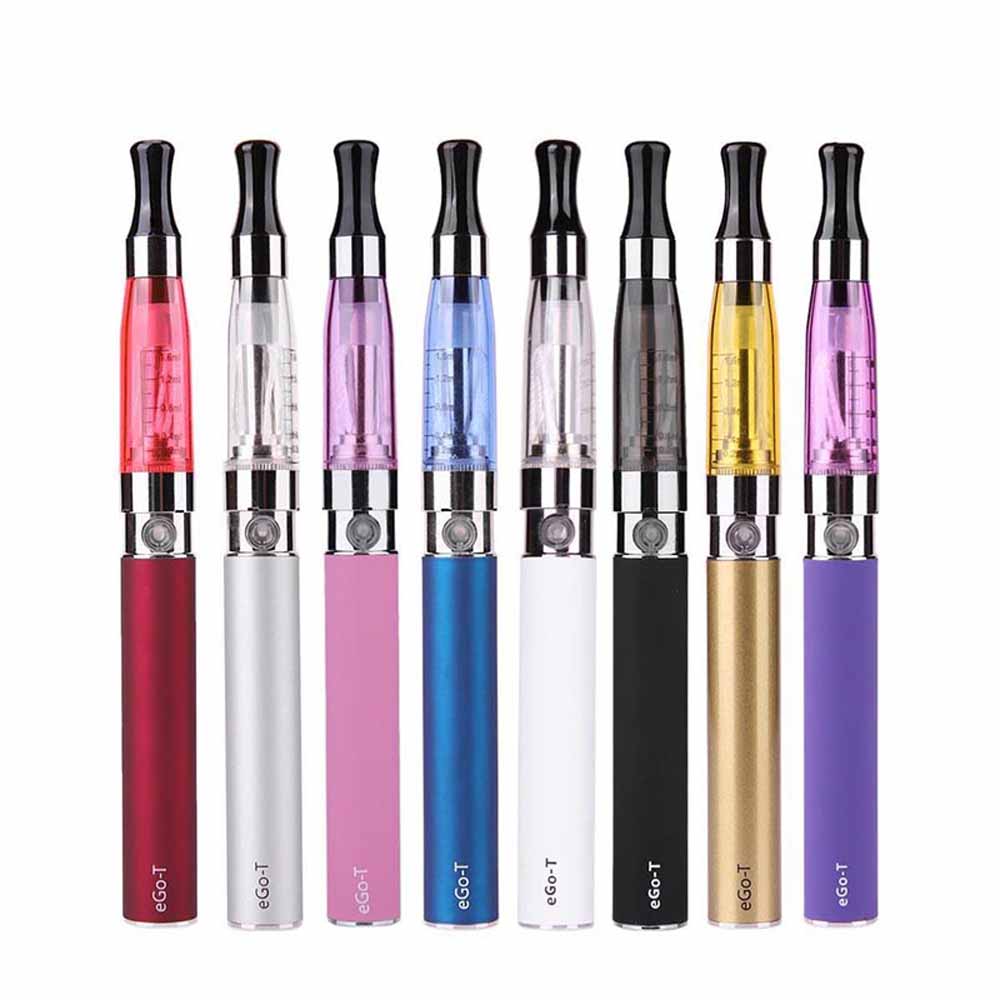
The eGo, and other similar variations like the Riva, resembled a cigar more than anything. As battery life was a primary turnoff to curious parties, the idea that a battery could last a full day jump-started an entire era of e-cigarette popularity. The eGo could be found in affordable kits at almost every e-cigarette retailer, and it was available in different colors with different atomizers to match. Cartomizers and clearomizers largely replaced the old cartridge-plus-atomizer combination, and with inconvenience slowly becoming alleviated and customization increasing, the e-cigarette market saw a remarkable boom. There was still work to be done, however, as each starter kit required a tutorial and a certain degree of patience. Investment in new technology was still minimal and mostly took the form of variety instead of quality. Customization of appearance was great, but there was still hardly any customization of the vape experience itself. Atomizers of varying resistances were available, and small batch “modding” filled a niche need for higher power with different voltages by stacking batteries in series, but the gap between these two progressions was still wide.
The Provari and Variable Voltage
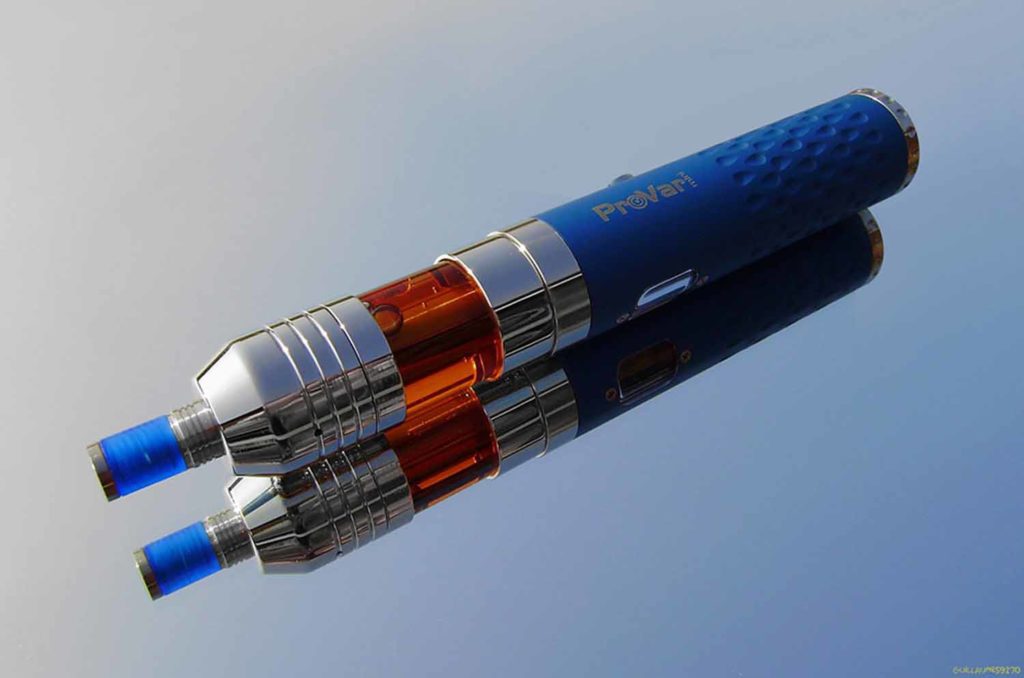
The Provari from Provape was in a class of its own. Coveted by all vapers, this device was the Cadillac of vaping. It single-handedly popularized the concept of variable voltage. Instead of trying and buying atomizers of multiple resistances, the Provari provided a range of output voltages, effectively allowing the user to adjust the amount of vapor and heat generated by atomizers of most any resistance available at the time. Unfortunately, the Provari was expensive, rare and much larger than the eGo. However, the Provari was rugged, durable and made in America—all features in high demand and low supply. Any mod from the variable voltage era took its cues from the Provari in terms of both performance and aesthetic. Eventually, variable voltage technology worked its way all the way down to the eGo in a new variation known mainly as the eGo Twist. Rampant cloning and intellectual property theft became a real issue during this time, but for better or worse, it led to countless variations of variable voltage devices, including the eGo Twist, eGo Spinner, eGo VV and many others.
The Tank
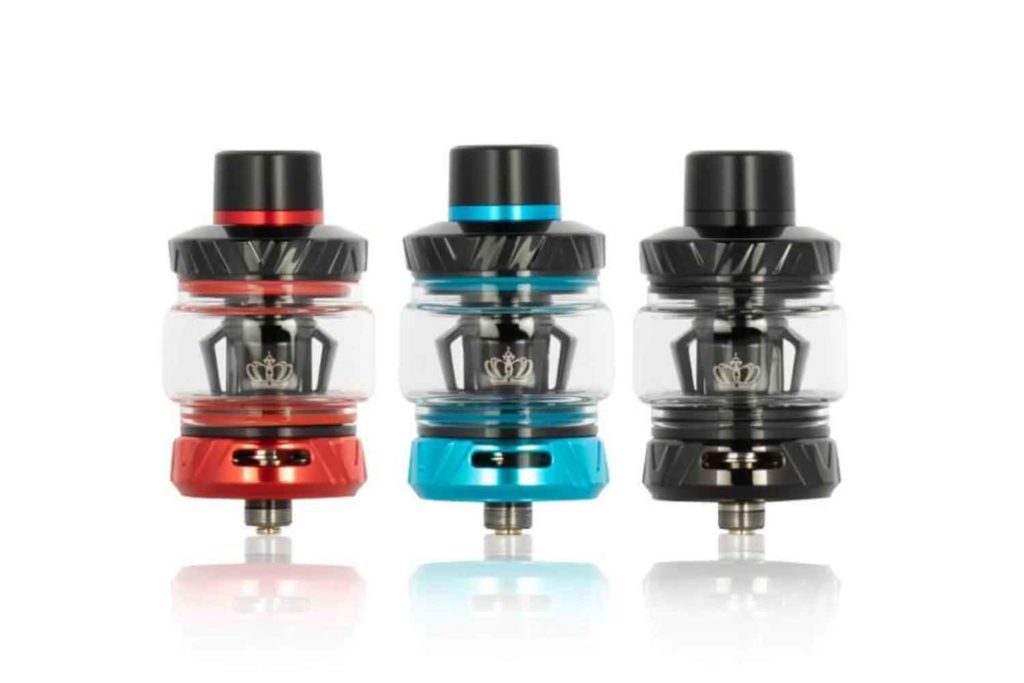
Up until this point, e-liquid was dripped directly onto an atomizer or absorbed by some type of filler. As power and performance increased, e-liquid was being consumed at a faster rate, and a larger supply was required in order to avoid constant refilling and dry hits. By modifying cartomizers by punching a hole in the casing and inserting it into a clear plastic cylinder, the “carto tank” was born. Early versions had trouble with both leaking and dry hits due to wicking inconsistencies, but again, there was potential. The idea of free-floating liquid in a reservoir changed how innovators thought about e-liquid delivery, leading to popular products such as the clearomizer, which was smaller than a tank but paired perfectly with the eGo’s size, came in a variety of fun colors and could be filled up much faster than a standard cartomizer. At this time, sides were chosen. Team Cartomizer enjoyed more vapor production and a draw that more closely resembled that of a traditional cigarette at the cost of convenience while Team Clearomizer had a range of colors to choose from and a smooth draw at the cost of leaking and dry hits. As time went on, the technologies and methods used to create these early tanks improved into the sub-ohm tanks that we enjoy today. Almost all common sub-ohm tanks take inspiration from both camps, with a vertically oriented coil surrounded by a filler material (cartomizer) housed in a clear tank with free-floating e-liquid. Although a range of preset resistances were available to pair with variable voltage devices during this time, due to generally poor quality-assurance standards, even multiple coils with the same advertised resistances could perform drastically differently from one another, even when fired at the same voltage. To combat this, a new technology had to emerge.
The Darwin and Variable Wattage
The Darwin from Evolv flew under the radar, mostly due to its boxy appearance, unique design that favored cartomizers specifically and a general lack of electrical knowledge among nonhobbyist vapers. But make no mistake, the Darwin was a game-changer, and its technology was enthusiastically copied by other manufacturers. To simplify: With a variable wattage device, atomizer resistance no longer mattered. Once a user decided that they enjoyed vaping at 10 watts, an atomizer of any resistance could be attached, and it would always vape the same way. Even minor inconsistencies between atomizers of the same resistance had no noticeable impact on the vaping experience. As variable wattage technology slowly made variable voltage obsolete, stores no longer had to carry extensive varieties of identical cartomizers, clearomizers or other atomizers with different resistances. Vapers no longer had to stalk their favorite retailer in the hopes that their favorite 2.5-ohm cartomizer would finally be restocked. Most importantly, variable wattage directly led to a blanket increase in overall consistency of vapor products.
The Road Less Traveled—Mechanical Mods, Rebuildable Atomizers and Sub-Ohm Vaping
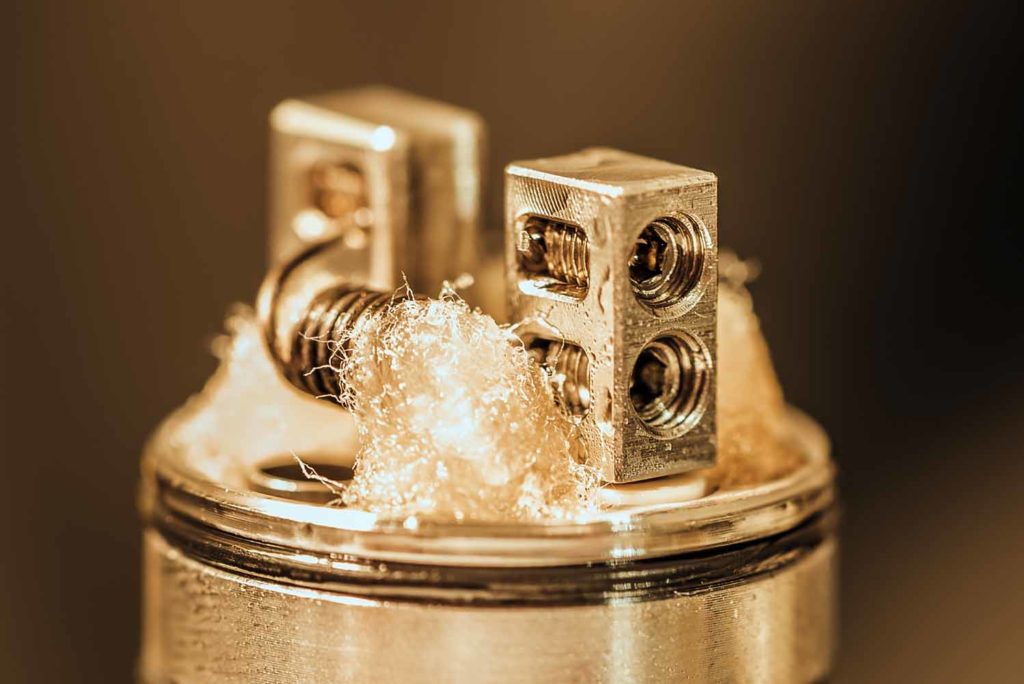
While mainstream vaping was evolving, another phenomenon was taking place. While features, gadgets and color variety appealed to the mainstream, technology simply wasn’t moving fast enough for the hobbyist vaper. They wanted one thing: vapor. Nothing else mattered. Convenience? Safety? What are these words? By removing the internals from the mod formula in order to provide the cleanest, most direct pathway for electricity to flow from the battery to the coil and dropping coil resistance to below 1 ohm, sub-ohm vaping was born. The chips used to regulate mainstream mods provided too many amperage limitations, and hobbyist vapers spent ludicrous amounts of money because they favored craftmanship over new gizmos and pure performance over convenience. Of course, no premade atomizer was available at a resistance below even 1.25 ohms, so the DIY crowd began to, in fact, DIY. Small operations began manufacturing limited runs of solid metal mods and large atomizers in which the coil could be built by the end user. This allowed for maximum performance customization but minimal convenience. Additionally, this setup inherently presented the highest risk potential as there was no board to protect from pulling too many amps from a battery that wasn’t designed with vaping in mind. As such, surprisingly large leaps in battery efficiency and safety resulted from a spike in the demand for high-amperage batteries.
The DNA Board
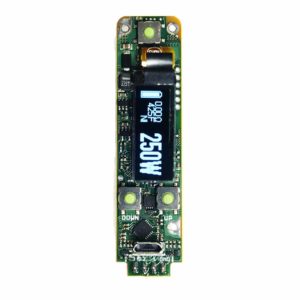 Seeing multiple factions form in the vaping community, Evolv recognized a need. Some mainstream vapers wanted to “chuck clouds” safely and without the hassle of rebuilding and using a mechanical mod, which could be prohibitively expensive. Conversely, some hobbyist vapers ashamedly admitted that it would be nice to be able to enjoy some of the conveniences of “normie” mods without sacrificing too much performance. The DNA20 board finally proved that it was possible to vape sub-ohm coils on a regulated device and to do it safely. Any atomizer with a resistance down to 0.8 ohms could be used up to a maximum power of 20 watts—a far cry from the triple-digit wattages some mechanical mod users were accustomed to, but the DNA20 was a successful first step toward uniting a community that was just beginning to coalesce.
Seeing multiple factions form in the vaping community, Evolv recognized a need. Some mainstream vapers wanted to “chuck clouds” safely and without the hassle of rebuilding and using a mechanical mod, which could be prohibitively expensive. Conversely, some hobbyist vapers ashamedly admitted that it would be nice to be able to enjoy some of the conveniences of “normie” mods without sacrificing too much performance. The DNA20 board finally proved that it was possible to vape sub-ohm coils on a regulated device and to do it safely. Any atomizer with a resistance down to 0.8 ohms could be used up to a maximum power of 20 watts—a far cry from the triple-digit wattages some mechanical mod users were accustomed to, but the DNA20 was a successful first step toward uniting a community that was just beginning to coalesce.
Around this same time, vaping could no longer be ignored by the media and health officials. Partly exaggeration and partially due to the uptick in the popularity of vaping, reports of varying credibility started making headlines, with media outlets reporting on battery explosions, “popcorn lung” and heavy metal toxicity. Some of those health concerns turned out to be spurious, often due to flawed study designs.
“This study was conducted by firing a two-ohm clearomizer from three years ago at six volts and measuring the levels of heavy metals and other pollutants,” researchers of such materials might write. “The results show an abundance of heavy metals, formaldehyde and silica particulates.”
Yes, all vapers knew that dry hits were bad, but they were also repulsive to experience, and so these studies didn’t accurately reflect how users were using vapor products in the real world. However, it brought up a decent point. Vaping was regarded as safer than smoking, but it could always be safer. Having gone through a couple iterations of their DNA board, Evolv released their newest chipset that would change the industry yet again.
Temperature Control
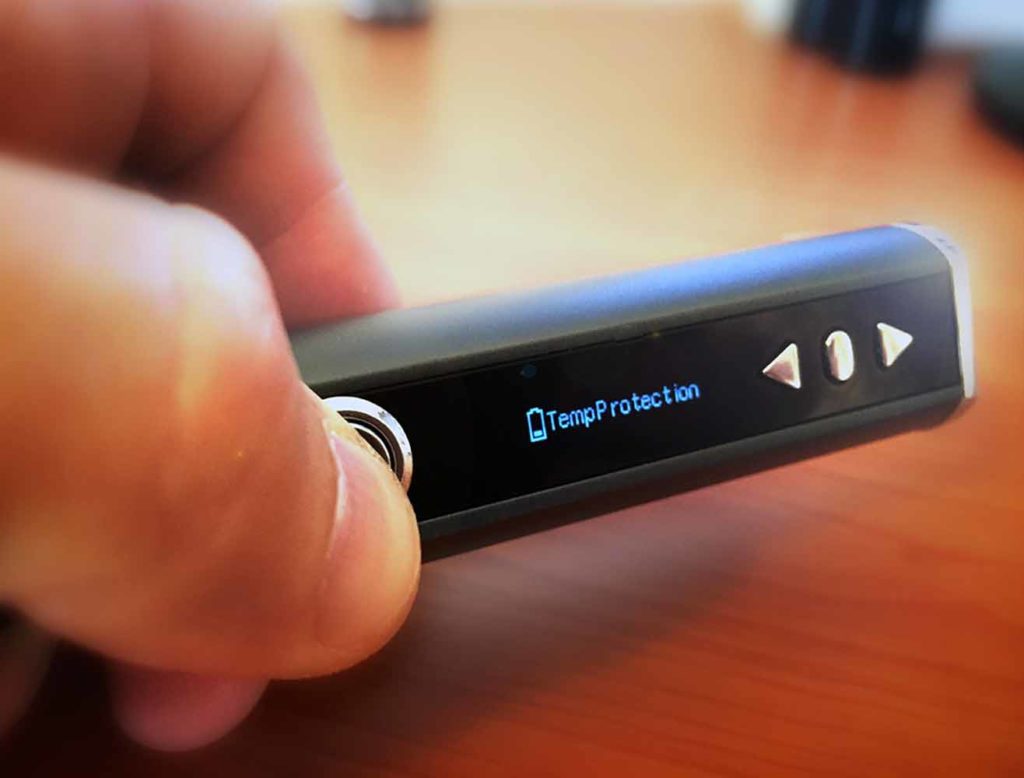
The DNA40 was an improvement over the DNA20 and the DNA30 in terms of power output and other functionality, but more than that, it was the progenitor of every temperature control device available today. When using a coil comprised of nickel, the DNA40 could calculate the temperature of the coil by measuring the change in resistance due to heat. Since it could calculate the temperature, it could maintain said temperature by adjusting the wattage by way of voltage in order to effectively eliminate dry hits. The chemical changes caused by overheating e-liquid, wire and wicking material now had a safeguard in the form of temperature control. This technology was naturally copied and can be found on almost every modern vaping device. Even pod systems use a simple version of temperature control technology. Several years after the release of the DNA40 and seeing an increase in demand for high-wattage devices, the DNA200 was released with a refined version of temperature control that could use additional wire types but that also included a revolutionary piece of software called eScribe.
eScribe Software
 Available for free to anyone with a PC or Mac, eScribe provides not only the most comprehensive suite of features and customization options for vapers who use devices with a DNA board but also tools for researchers and scientists studying the health effects of vaping, allowing them to plot and record data with ease. The user features include custom screens, easy firmware updates, additional profiles and more. However, with more and more attention being brought upon vaping, particularly the health element, eScribe is the perfect tool for anyone to conduct their own studies and experiments. Everybody from the curious hobbyist vaper to large health institutions can access the features in eScribe and easily troubleshoot their device or go as far as to conduct large-scale studies.
Available for free to anyone with a PC or Mac, eScribe provides not only the most comprehensive suite of features and customization options for vapers who use devices with a DNA board but also tools for researchers and scientists studying the health effects of vaping, allowing them to plot and record data with ease. The user features include custom screens, easy firmware updates, additional profiles and more. However, with more and more attention being brought upon vaping, particularly the health element, eScribe is the perfect tool for anyone to conduct their own studies and experiments. Everybody from the curious hobbyist vaper to large health institutions can access the features in eScribe and easily troubleshoot their device or go as far as to conduct large-scale studies.
Pod Systems and Nicotine Salt
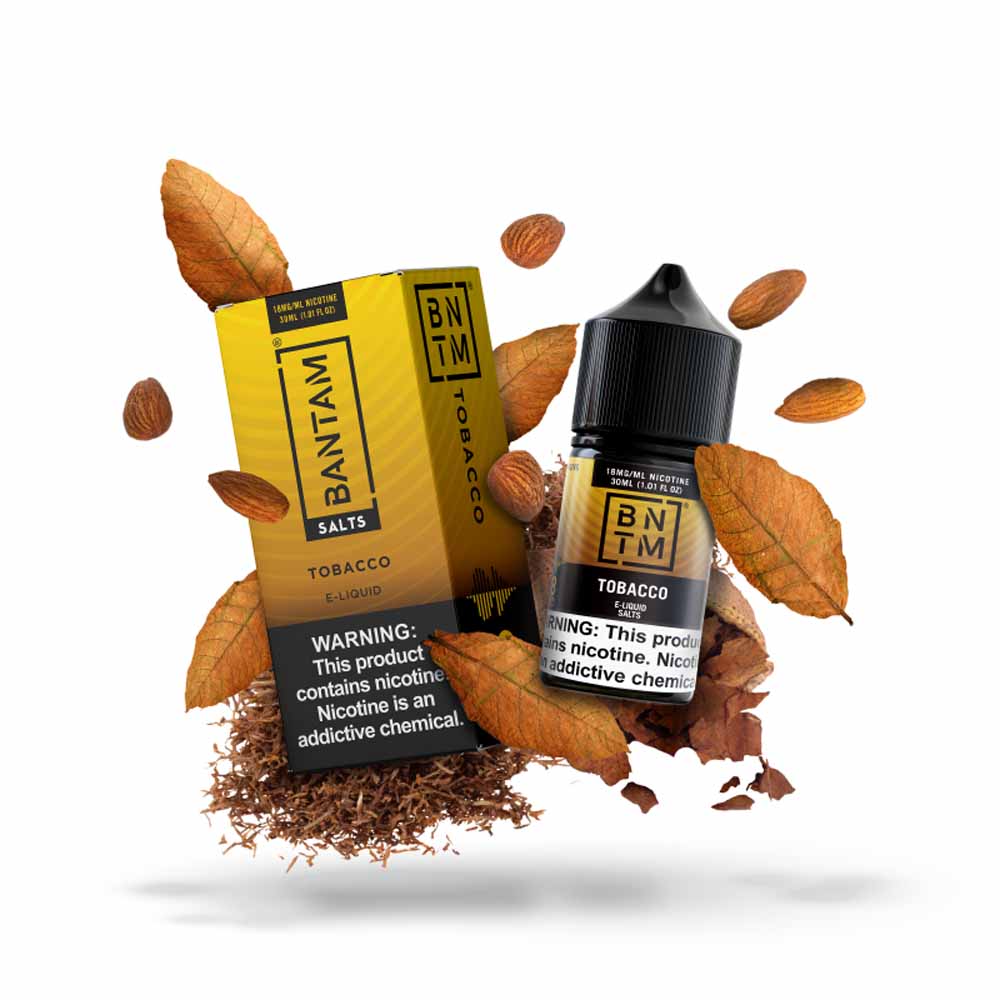
Sometimes, things come full circle. With vaping technology reaching a plateau due to an overall increase in quality across the board, becoming more affordable and accessible on beginner-focused devices and inevitably facing government regulations, it became easy to provide a small device that delivered on the promise that cig-a-likes made years before. Although pod systems generally still don’t resemble analog cigarettes in appearance, the vape experience has never been closer to feeling like smoking. Years of trial and error, innovation and refinement led to the widespread popularity of these inexpensive, simple devices. Additionally, while liquid nicotine had been the standard prior to the existence of pod systems, nicotine salts provide a level of nicotine comparable to smoking but without the overly harsh throat hit and pungent flavor of e-liquid that contains a large percentage of liquid nicotine solution. Together, pod systems and nicotine salt e-liquid provide a foolproof package that anybody can pick up at a local retailer, fill up and begin using immediately and with no prior knowledge of vaping or its underlying electrical concepts. Meanwhile, synthetic nicotine is presenting new opportunities given its lower levels of contaminants and its suitability for standardization of safety and quality.
Thanks to years of innovation, we are inundated with vaping products that not only provide a consistent, convenient and enjoyable alternative to smoking but that are also safer, more so than vaping used to be. As vapers looking back on the past decade, it’s clear that every technological innovation for the sake of a better vaping experience was also an innovation in harm reduction. The original cig-a-like was a proof-of-concept that demonstrated immense potential and got innovators excited for future prospects. The eGo addressed pressing needs of users but also directly led to a decrease in smoking, a net positive for public health. Moving from fixed voltage to variable voltage to variable wattage saw a directly linked connection to increased consistency and overall product quality while continuing to appeal to more and more people. Mechanical mods and sub-ohm vaping sparked a demand for safer and more efficient battery technology, which has huge implications for many other technological industries. With temperature control technology and eScribe, we see an answer to the health concerns, warranted or not, from health agencies and others. Pod systems bring everything full circle, utilizing all the advances in vapor technology while maintaining a simple, no-hassle design reminiscent of the original e-cigarette—where it all started.
Vaping technology has come a long way in a short 15 years. What started as a hobby of passionate vapers triggered a wave of innovations, first pursued by independent entrepreneurs and later turbocharged by the investments of well-resourced traditional tobacco companies. This has resulted in mass production of safer nicotine products, giving smokers a welcome alternative to deadly combustibles. While the majority of consumers are now embracing standardized products, the hobbyists will likely continue innovating, further pushing the boundaries of technology in what was once considered a staid business.


